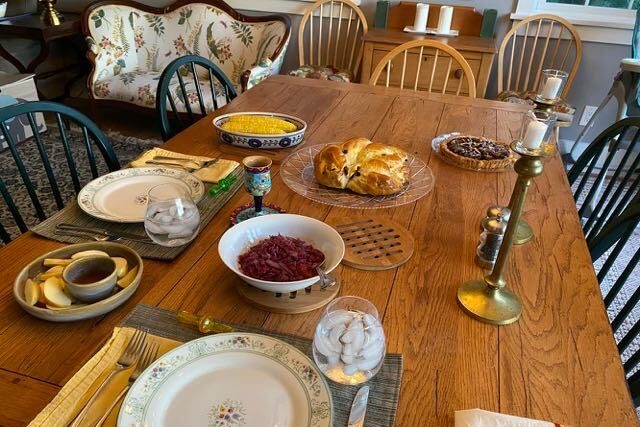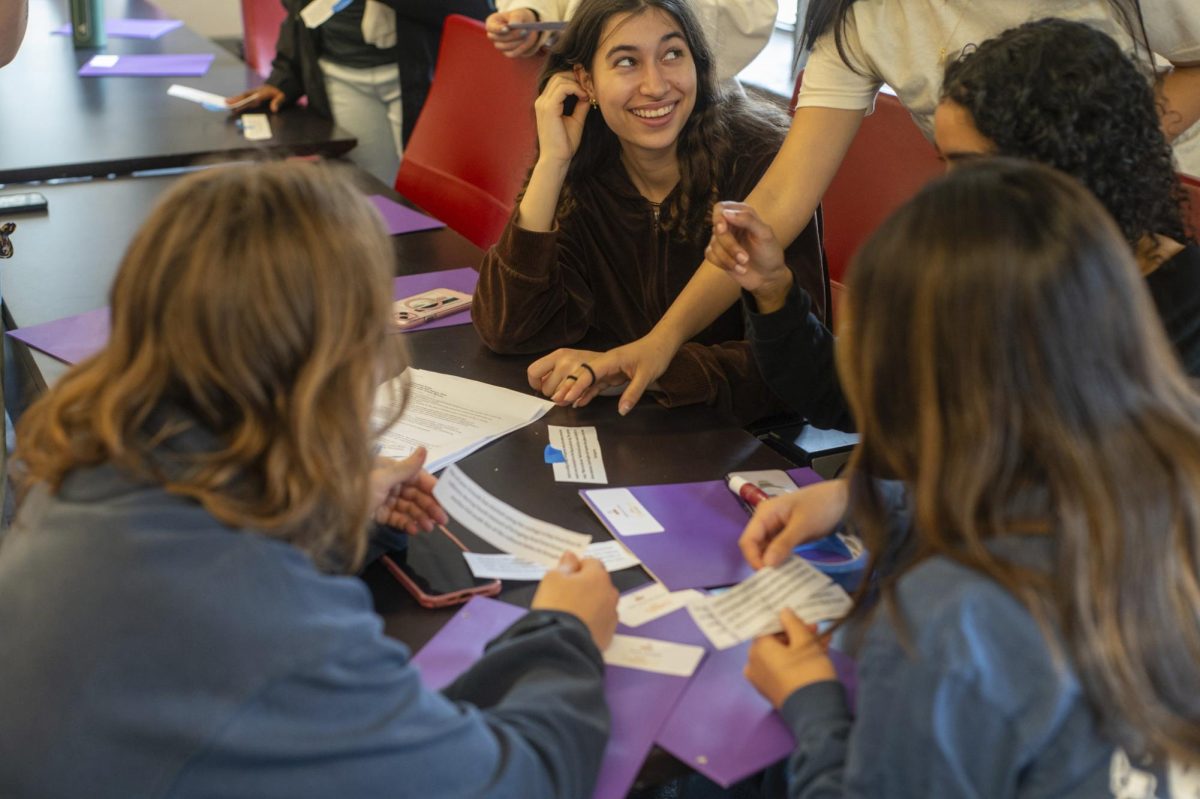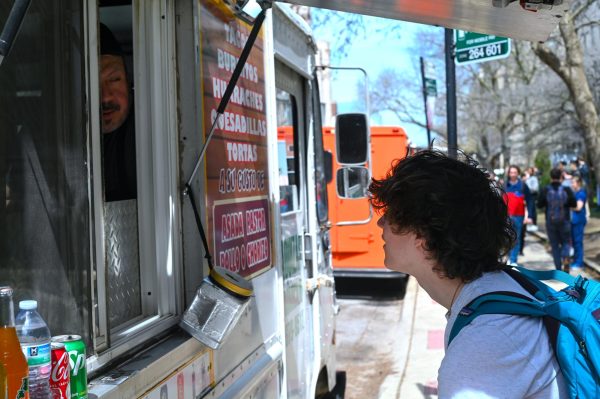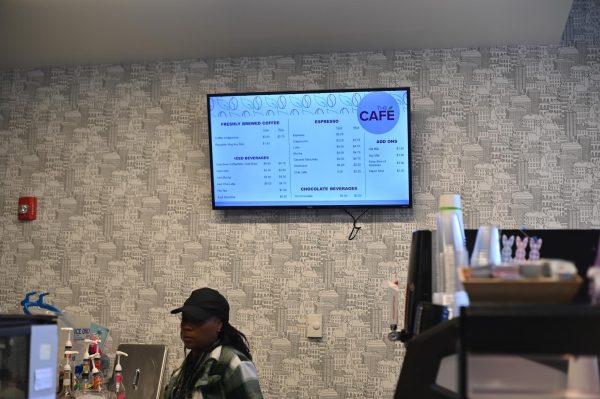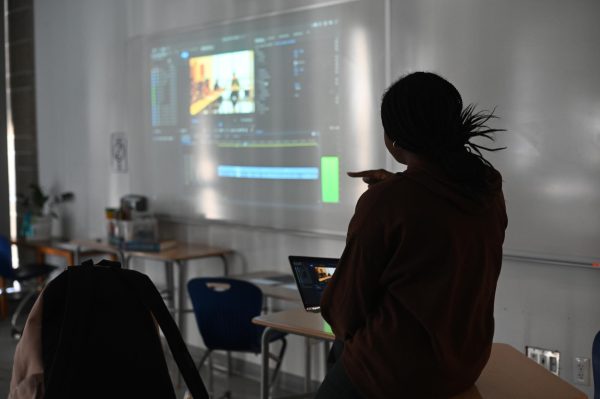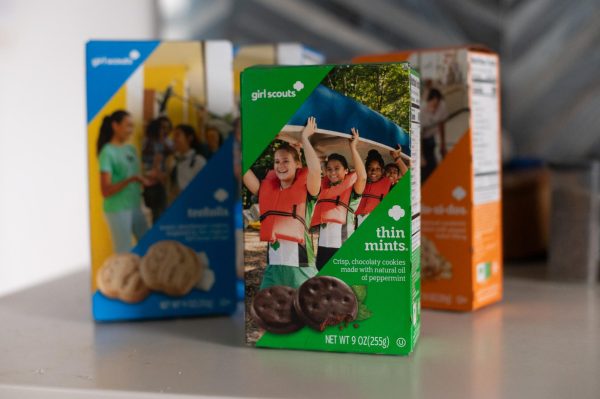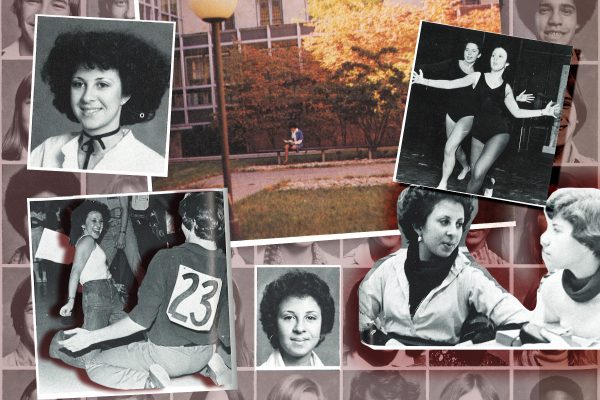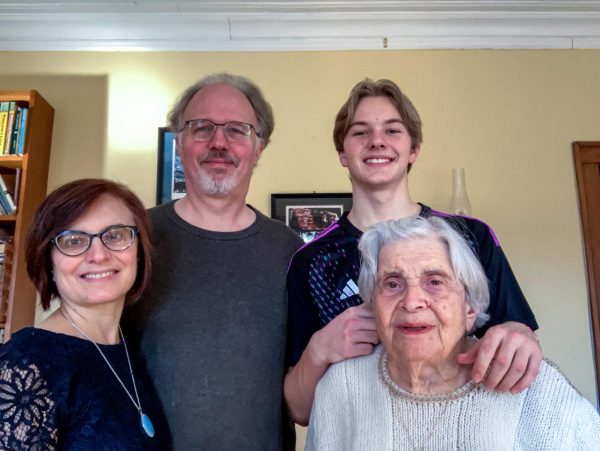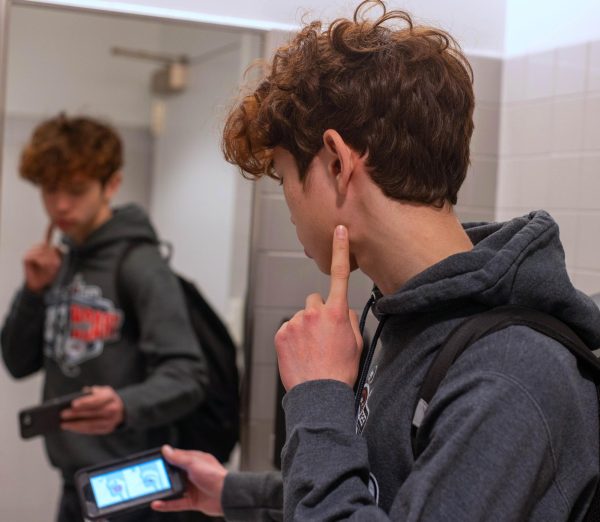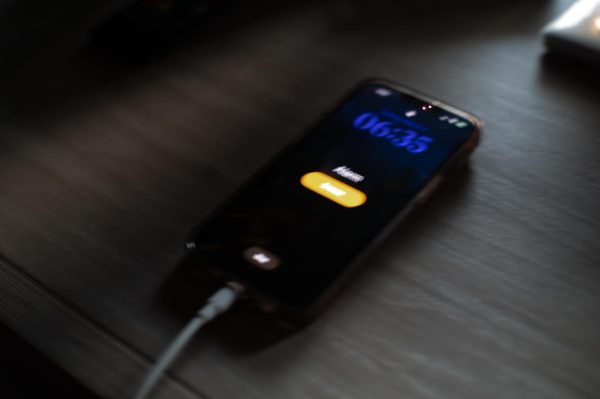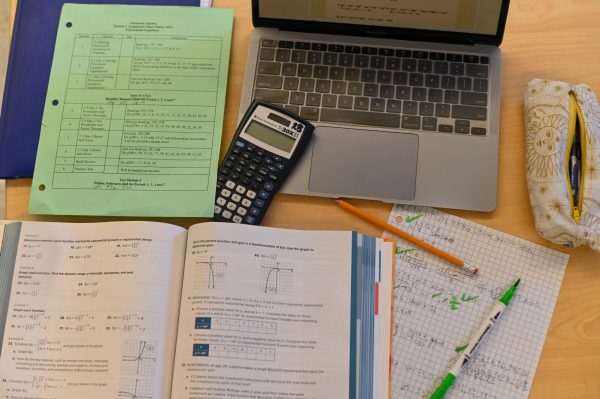High holidays: Pandemic forces Jewish community to celebrate remotely
Provided by Susan Shapiro
“One of my favorite parts of the High Holy Days is getting to spend time with my community and getting to see everyone,” sophomore Maya Herron said. “It was strange because I’ve been going to the same synagogue with a lot of the same people my whole life, so it was weird not to get dressed up and just be sitting on my couch instead of just spending the day at my synagogue.”
September 27, 2020
When Sophie Volchenbaum, junior, finally spots a seat previously hidden from the multitude of worshippers that fill the synagogue, she winds her way through the rows of people gathered side by side to celebrate a typical Rosh Hashanah, the Jewish new year. The seat is uncomfortable, but once the communal prayer from the familiar voices surrounds her, she feels a sense of comfort.
This year, the coronavirus pandemic has forced Sophie and other members of the Jewish community at U-High to celebrate the High Holy Days of Rosh Hashanah and Yom Kippur differently. Rather than spending the day at the synagogue, families gathered in their living rooms to observe the services through virtual livestreams.
Some families found ways to make the situation as similar to normal circumstances as possible. However, Maya Herron, sophomore, felt the communal aspect from the synagogues was unable to be replicated.
“One of my favorite parts of the High Holy Days is getting to spend time with my community and getting to see everyone,” Maya said. “It was strange because I’ve been going to the same synagogue with a lot of the same people my whole life, so it was weird not to get dressed up and just be sitting on my couch instead of just spending the day at my synagogue.”
U-High history teacher Susan Shapiro missed hearing the different voices during a typical service. Celebrating with only her husband by her side felt unusual.
“The thing about Jewish prayer is that it is meant to be communal,” Ms. Shapiro said, “Hearing only my voice and my husband’s voice was kind of weird.”
The virtual setting also made the ringing in of the new year a bit dissapointing. While delight still loomed in the air, the feelings were simply not the same as they would have been if spent in a synagogue and with other members of the community.
Maya said, “There was some excitement because it’s a fresh start from a crazy year, but it did feel a bit anticlimactic because I was just at home not going anywhere.”
Although families spent the day face-to-face with a computer and separated from their community, the synagogues tried to make the services interactive. At Ms. Shapiro’s synagogue, the rabbi invited members of the congregation to read texts and give explanations, allowing a variety of prayers and approaches to the study worshippers did during Rosh Hashanah.
“They did a beautiful job making it both meaningful and instructive during the online time,” Ms. Shapiro said.
They did a beautiful job making it both meaningful and instructive during the online time.
— Susan Shapiro
Sept. 27 marks the start of Yom Kippur, a solemn holiday where individuals remember their sins and ask for forgiveness. Many also fast for a full day during Yom Kippur. Sophie believes Yom Kippur will be difficult this year since many people usually go to services at synagogues as a form of distraction from the fasting.
“I am a little nervous about being at home and being tempted by all the food,” Sophie said, “It’s also going to be hard to connect to services, I think, especially because it’s just a somber feeling when you are in synagogue to be hearing the cantor, rabbi and everyone around you.”
Despite the social isolation resulting from the pandemic, families have found ways to adapt and make best with what they have, especially during these celebrations.
“The pandemic has made lots of things different,” Ms. Shapiro said, “that doesn’t mean you can’t find meaning and value doing it differently.”



